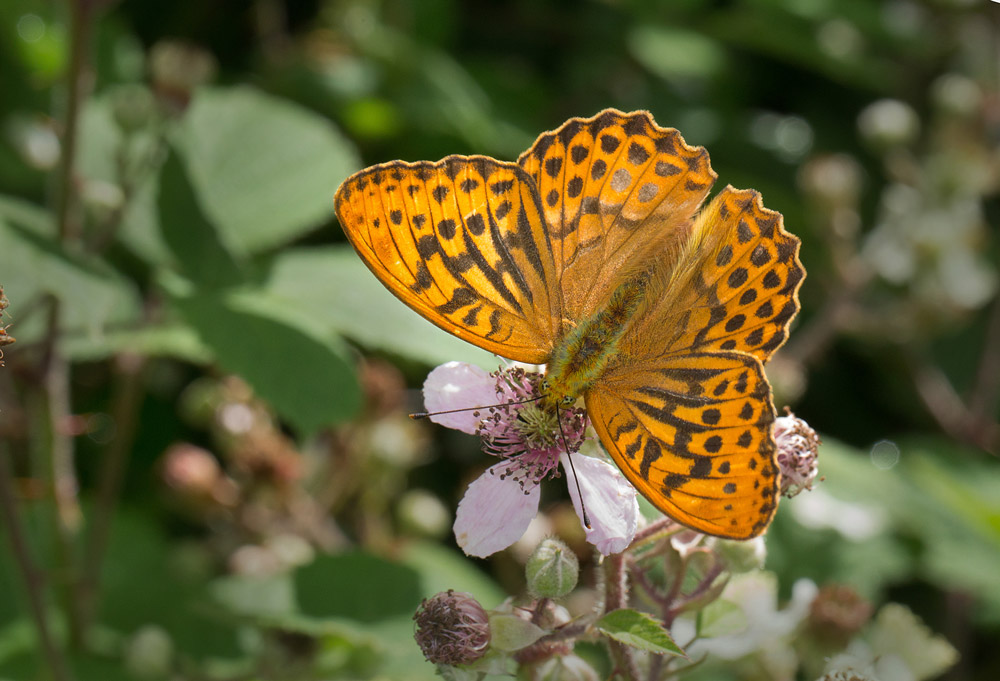
More than birds: a butterfly story
Steve Oates, a BBS volunteer, writes about his journey into butterfly conservation.
Steve Oates
Steve Oates is a long-standing BTO volunteer who has completed 192 BBS visits to date. If all goes well this summer, he is looking forward to completing his double century!
Relates to projects
I can’t remember exactly when I came across the Wider Countryside Butterfly Survey, but I do recall that, at the beginning, it seemed to be a good way of integrating the transects walked for the BTO/JNCC/RSPB Breeding Bird Survey (BBS) with nation-wide butterfly monitoring, and I thought - why not?
I have been taking part in BBS for 20 years, starting with an Ordnance Survey (OS) square close to the M20, near Ashford in Kent, and taking on more over the years. If I walked these BBS transects later in summer, I would be able to see if there was any evidence of breeding success for the birds I found in spring. As a bonus, I might record a few butterflies - whites, browns, blues and some of the other colourful species that frequent parks and gardens.
It’s a section I have to endure to get to the good stuff: a chalky, shrubby valley with warblers, finches and an occasional Spotted Flycatcher.
For me, these early butterfly surveys were tacked onto the tail end of the BBS visits, so I did them in late June, July and August. I was looking forward to seeing if the Yellow Wagtail I’d seen in my square near Bredhurst in Kent had stayed to breed (it didn’t), and if the pair of Wheatears perched on fence posts in the same square were just passing through (they were). I remember that some of these late summers were cold, damp and miserable and on one survey near Ashford the only butterfly I found was a Meadow Brown, and that was only because I nearly sat on it.
Then everything changed in the summer of 2018.
I had just retired from work, and my wife, son and I were getting ready to do our own ‘escape to the country’ - in our case, relocating to the Shropshire Hills. It would be my last summer of BBS and WCBS in Kent.
My epiphany occurred in Section 6 of my square near Bredhurst on 21st July 2018. It’s located on the Kent North Downs, and consists of arable fields, a large part of Bredhurst Woods, a section of Dunn Street and more fields and gardens.
I reach the start of Section 6 along a wide track, passing burnt-out cars and discarded tyres on the way. The section is classified as mature plantation woodland, and is mainly oak, with some sunlit glades and many trailing brambles which I just have to kick through. In all the time I carried out BBS surveys in this section, I’d come across a grand total of ten species with the main highlight being a Tawny Owl, and to be fair, calling Marsh Tits. It’s a section I have to endure to get to the good stuff: a chalky, shrubby valley with warblers, finches and an occasional Spotted Flycatcher.

On this day, I was instantly transported to an equatorial forest: there was sunlight percolating through the glades, and gliding and flying through them were three large, graceful orange and black butterflies. One of them settled on a bramble leaf to sunbathe and allowed me to take a photograph. I riffled through the butterfly identification guide and realised it was something special - a Silver-washed Fritillary!
I looked at the butterfly and the guide, again and again. There was no mistake - it was a Silver-washed Fritillary, and there were 3 of them, in a little colony in this Kent downland wood which was littered with burnt-out cars and piles of discarded tyres with the sound of the M2 motorway not so very far away.
Since my epiphany, my own personal learnings are that butterflies make sensitive indicators of environmental and climate change, and just a small patch of suitable habitat will attract them. When searching for them, finding the caterpillar food plant is a good starting point. Some of the butterflies I’ve seen are surprisingly territorial for such delicate and flimsy-looking creatures, and the mating behaviour I’ve seen is extraordinary, such as the spiralling of Speckled Woods.
At an old gravel working in Hope Valley, we cleared brambles to encourage breeding Graylings and Dingy Skippers.

Last year, I joined working parties clearing habitat to encourage the spread of some of our local specialities. At the foot of Corndon Hill, we cleared encroaching scrub to encourage Marsh Violets, which should in turn encourage the spread of Small Pearl-bordered Fritillaries. At an old gravel working in Hope Valley, the brambles were cleared to encourage breeding Graylings and Dingy Skippers (my only experience of the latter is a mummified one I found at home).
Now in Shropshire, I do the Wider Countryside Butterfly Survey for my BBS squares, while acknowledging that the transects were not designed for finding butterflies. I do have an urge to gather more data in more remote squares so I support the Holiday Square initiative to check upland areas in more remote parts of the country (such as mid-Wales).
I’ve also set-up two butterfly transects close to home in the Shropshire Hills, which I’ll be walking weekly from now until September. I’m not sure what I’m going to discover but it will be a thrill to find out.
The volunteers are a mix of local people and representatives of conservation organisations, such as the National Trust’s Stepping Stones project and Butterfly Conservation. All the volunteers I work with share the same passion for the conservation of butterflies and are very willing to share their knowledge and experience. I now have a couple of hot tips for locations where Wood Whites and Emperor Moths can be found.
So, all in all, 2022 is going to be a very busy year for butterflies!
The Wider Countryside Butterfly Survey is organized and funded by Butterfly Conservation, the Centre for Ecology and Hydrology, British Trust for Ornithology, and the Joint Nature Conservation Committee.


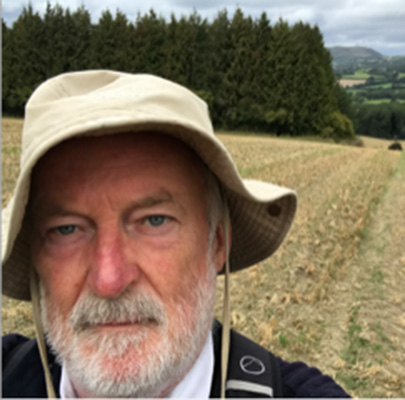


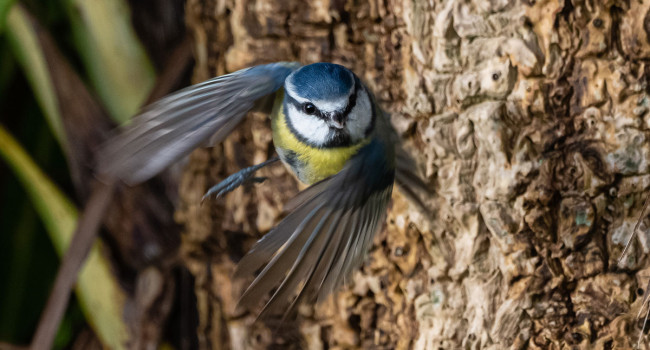
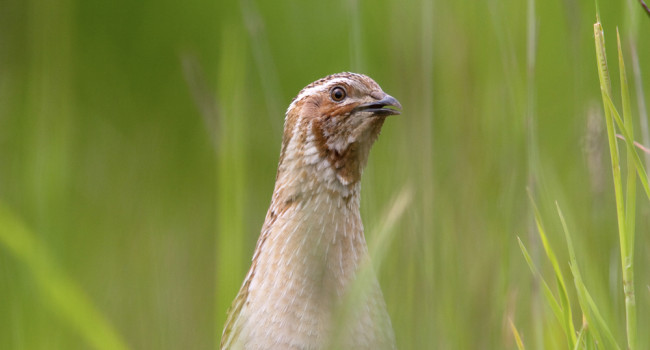

Share this page